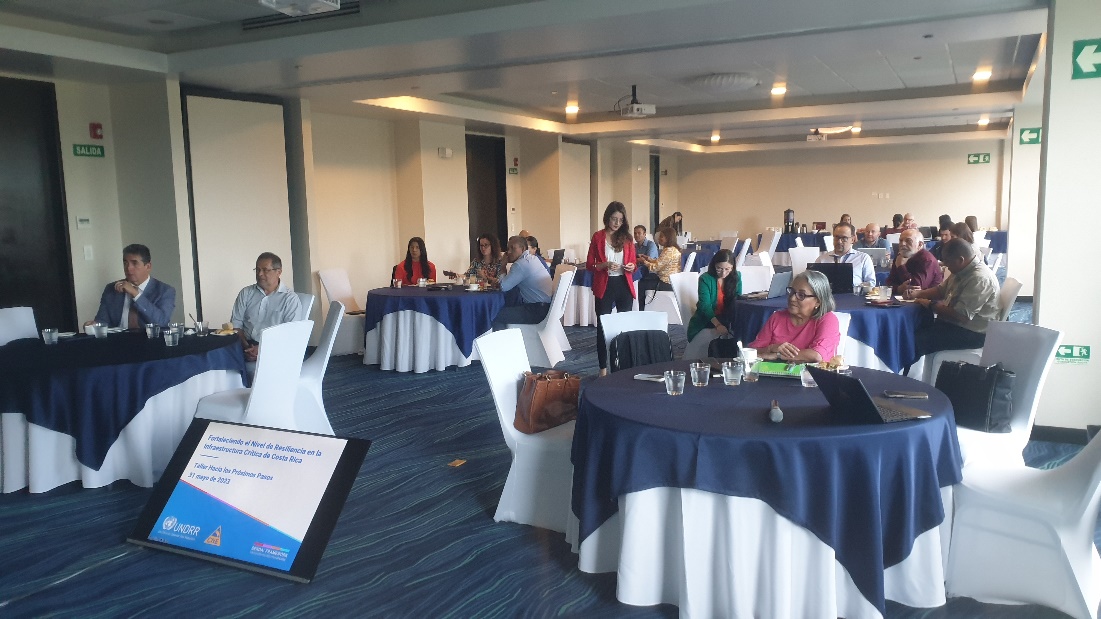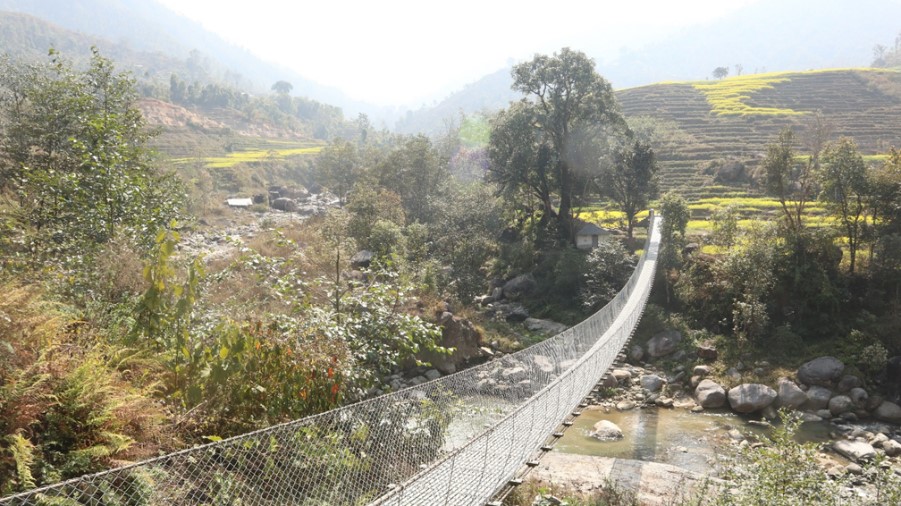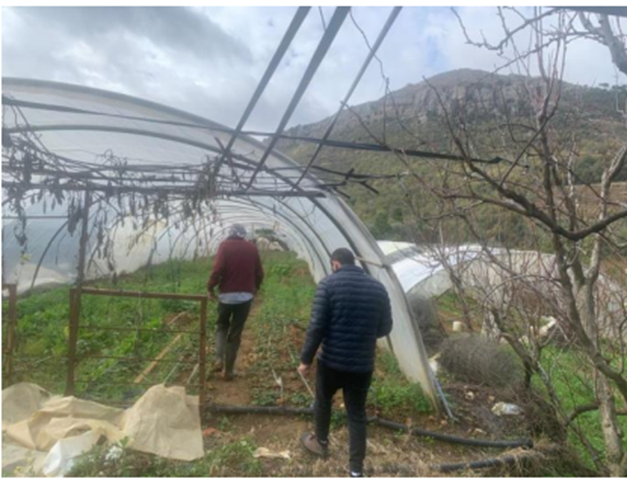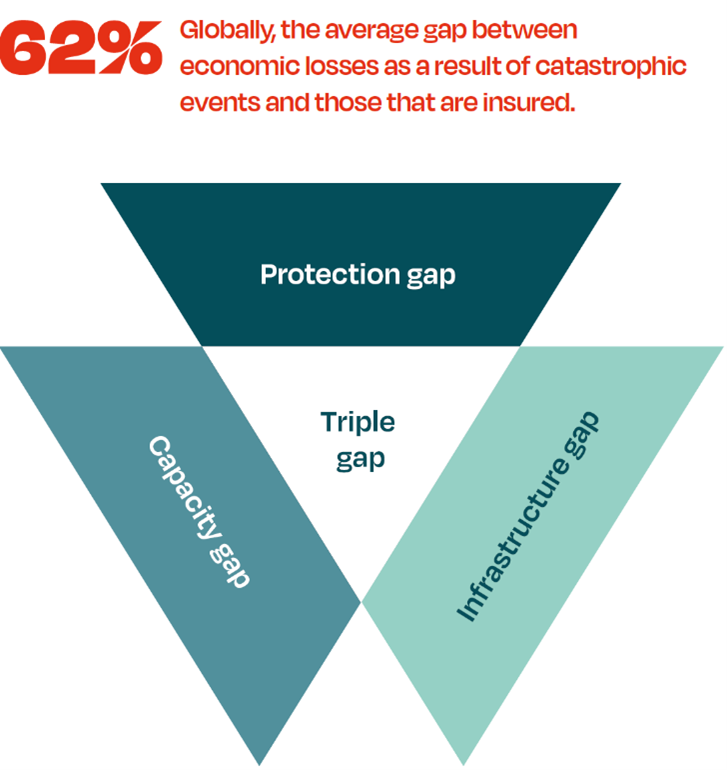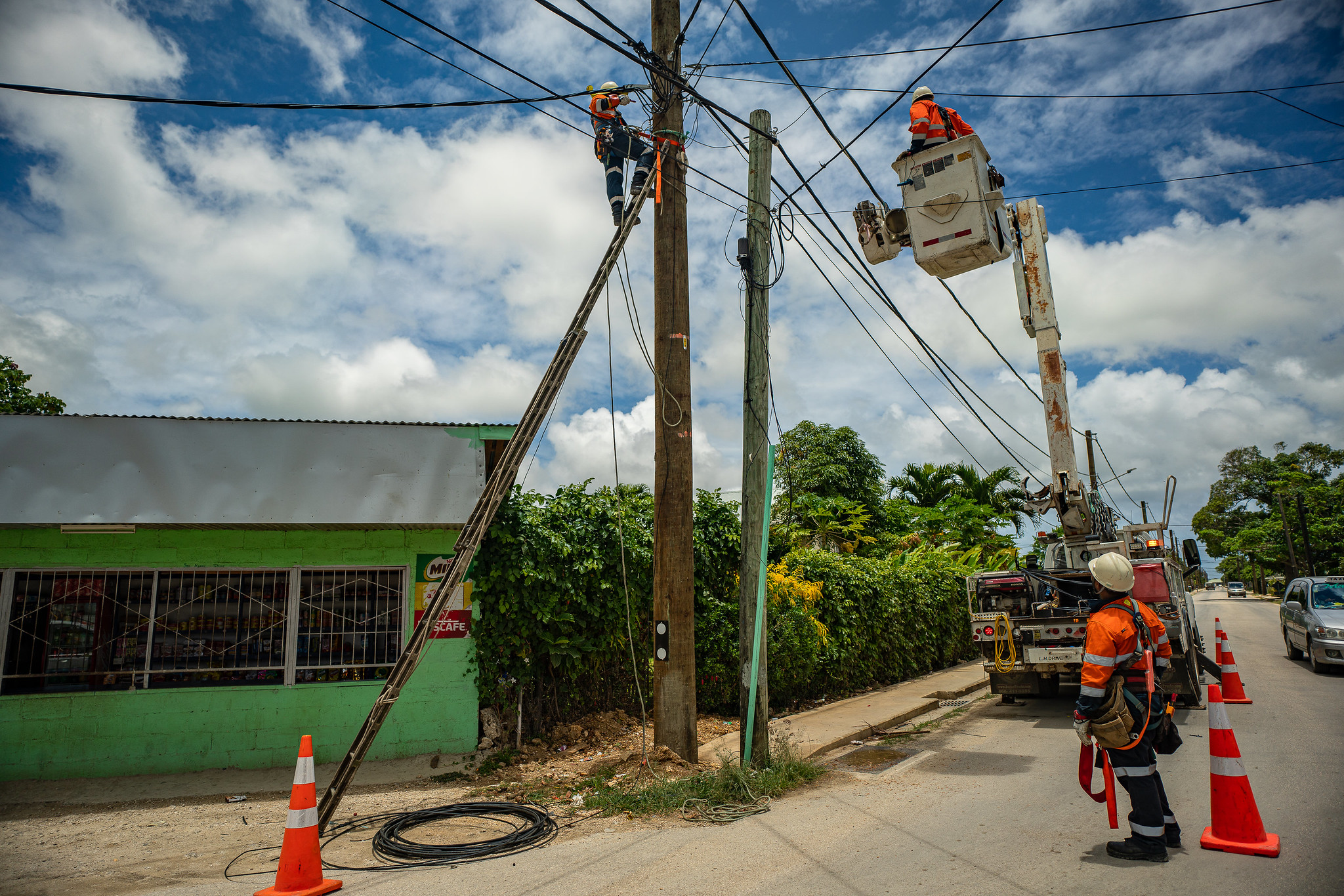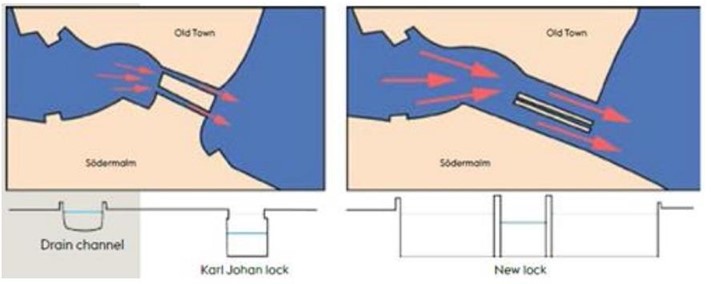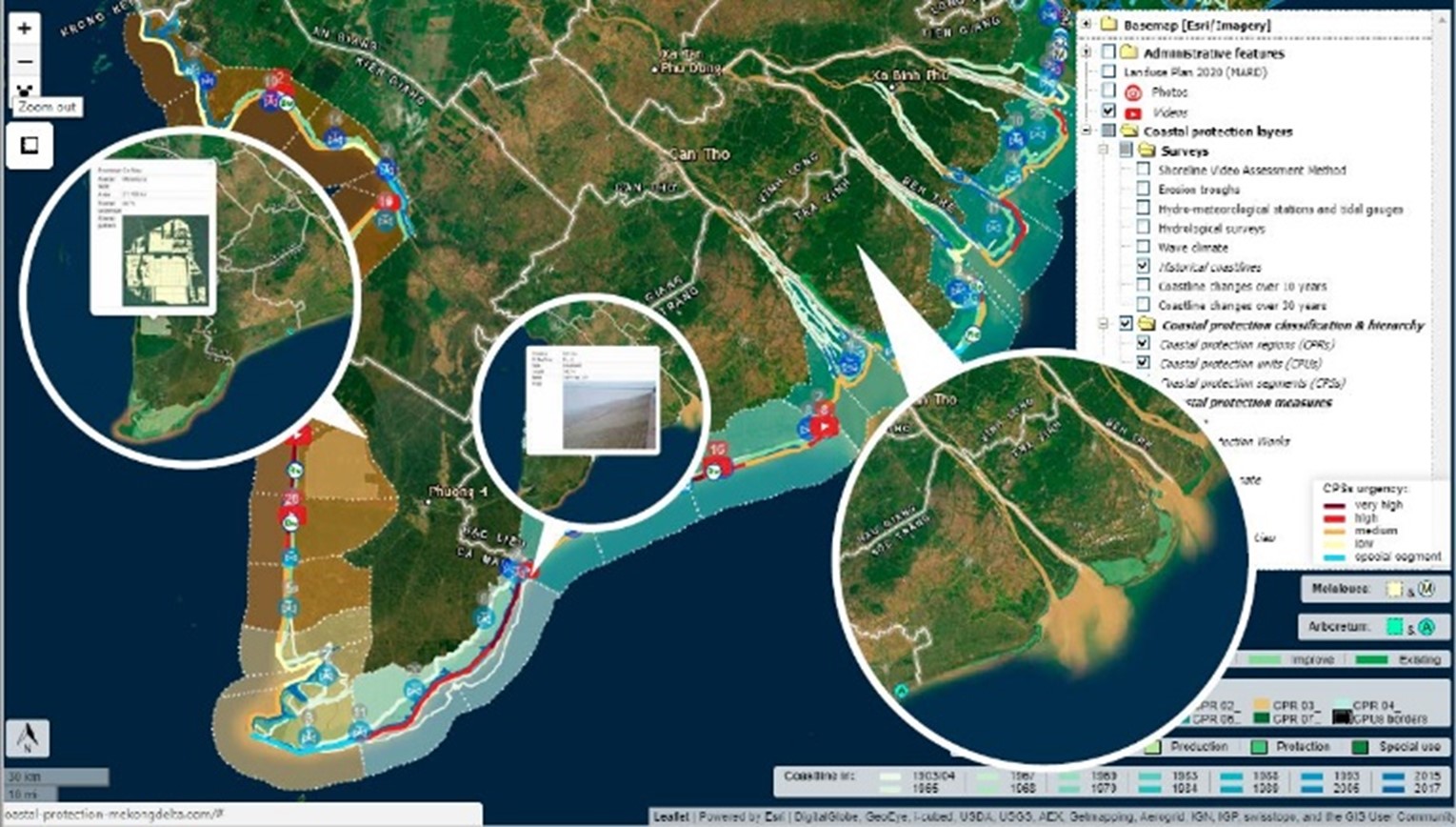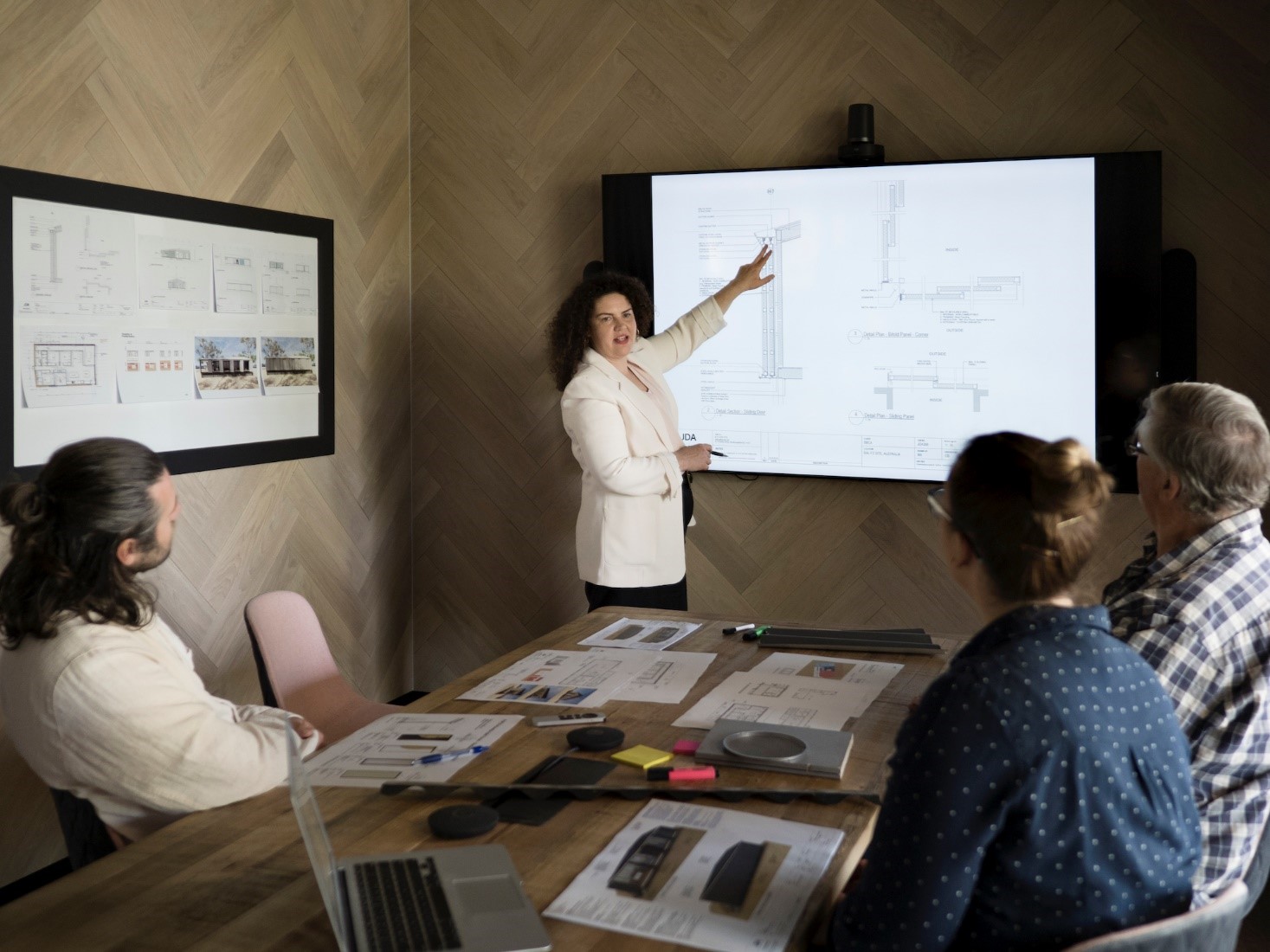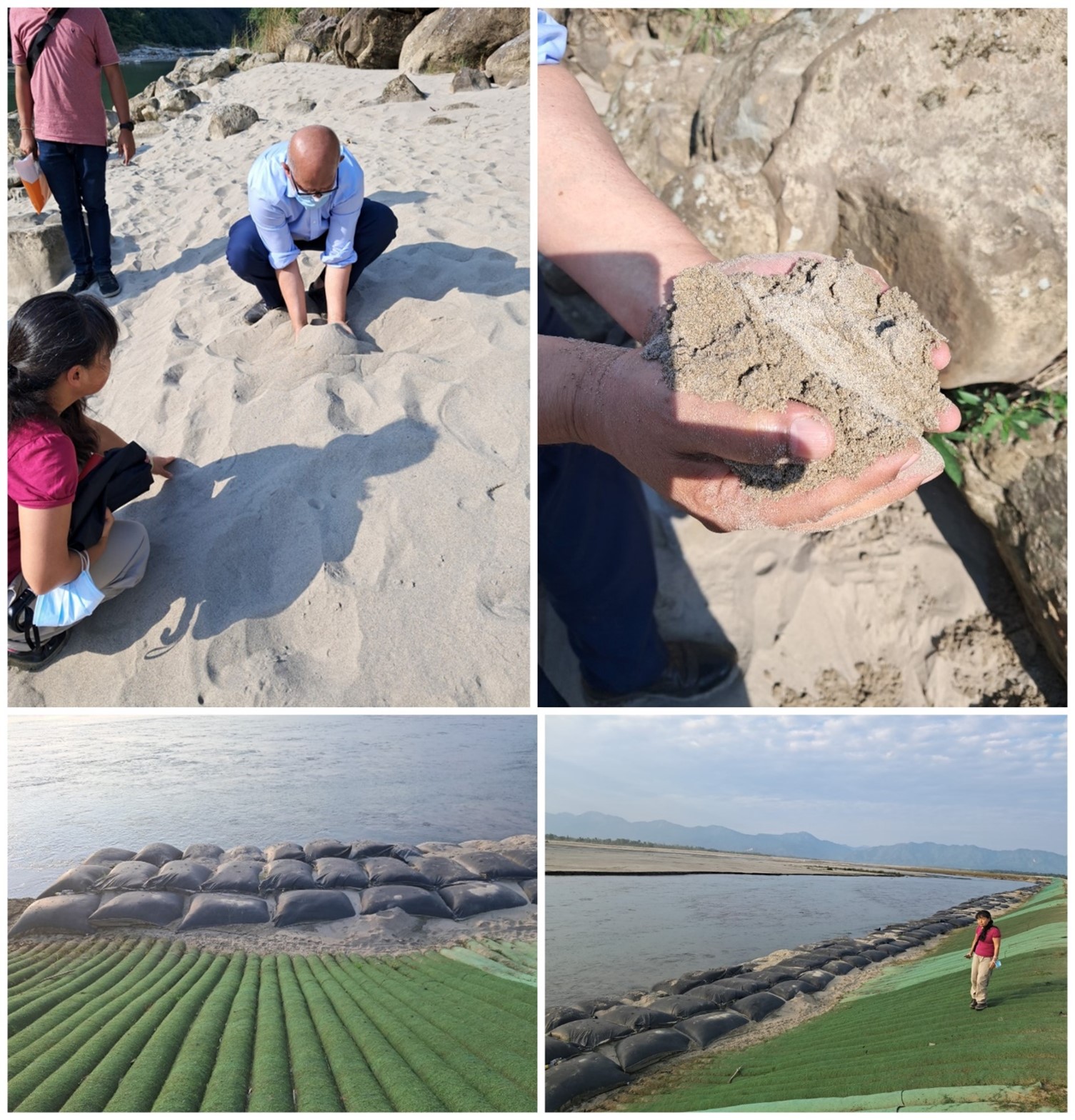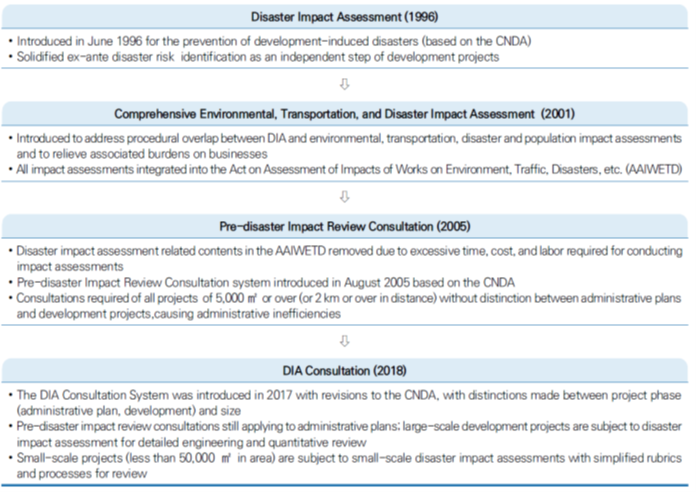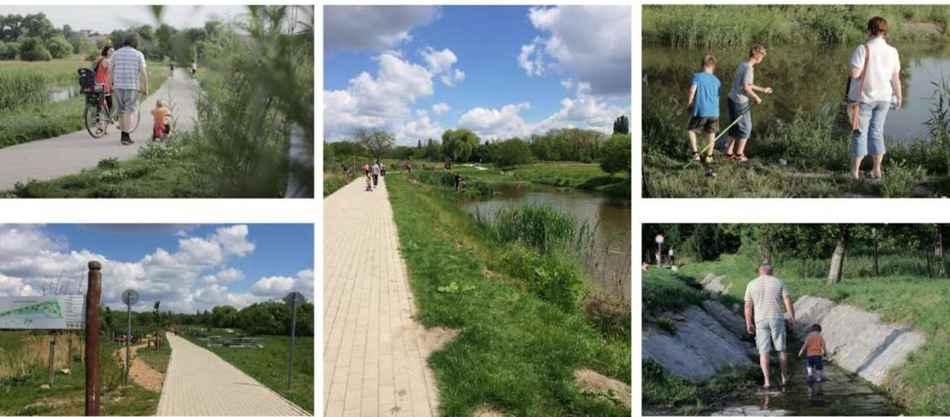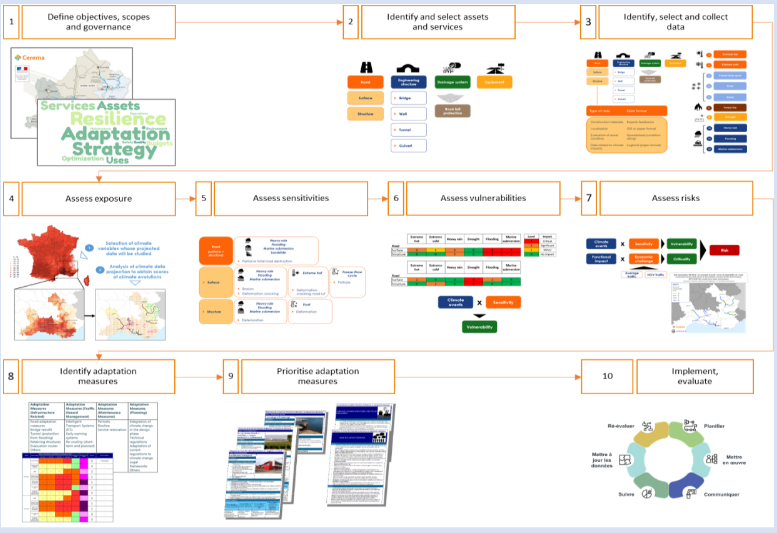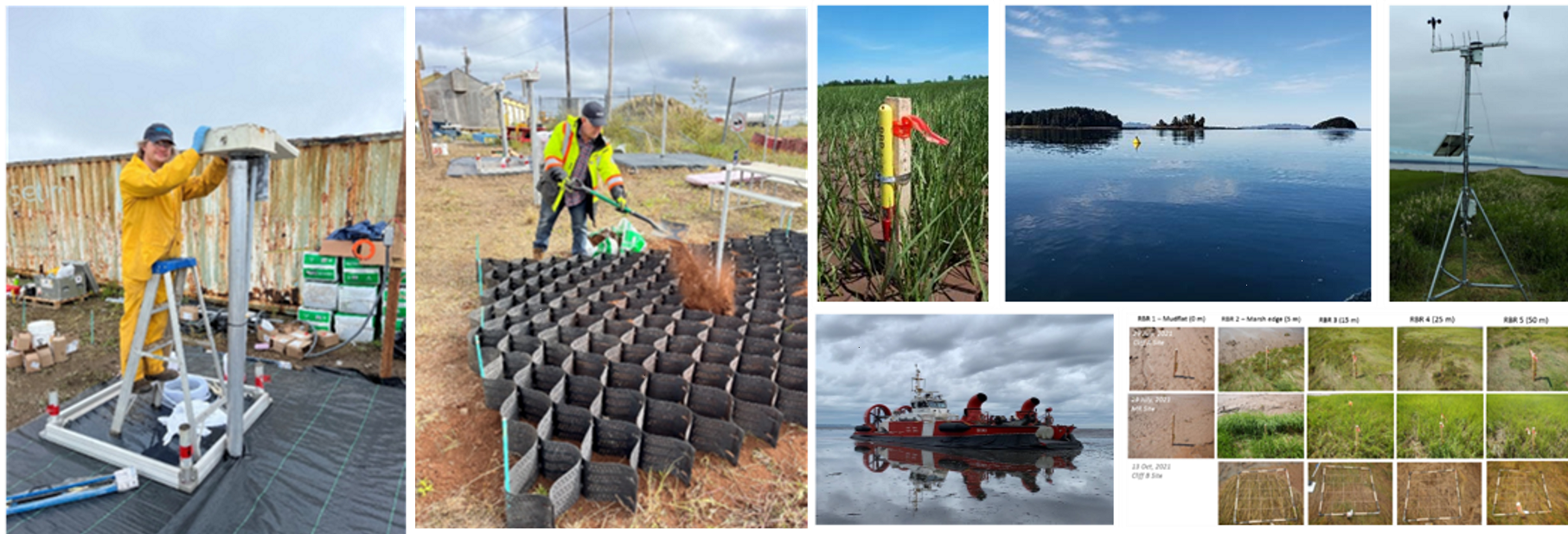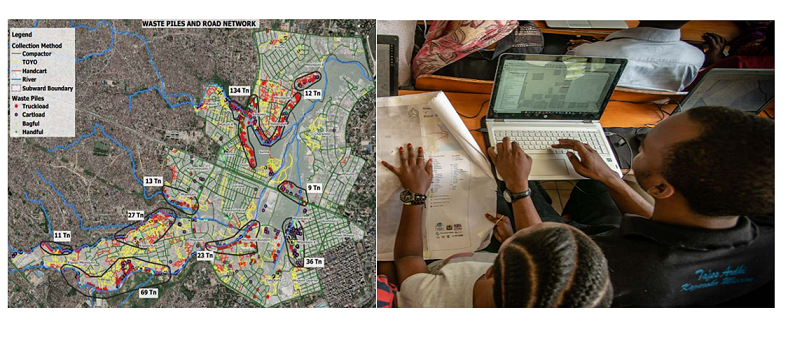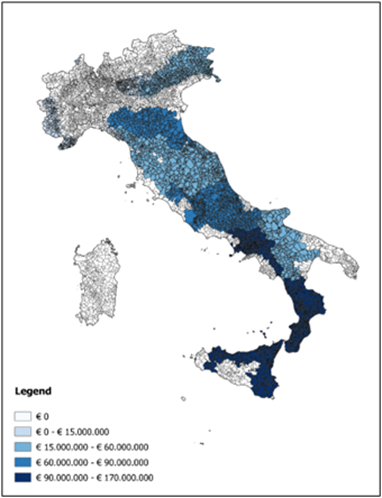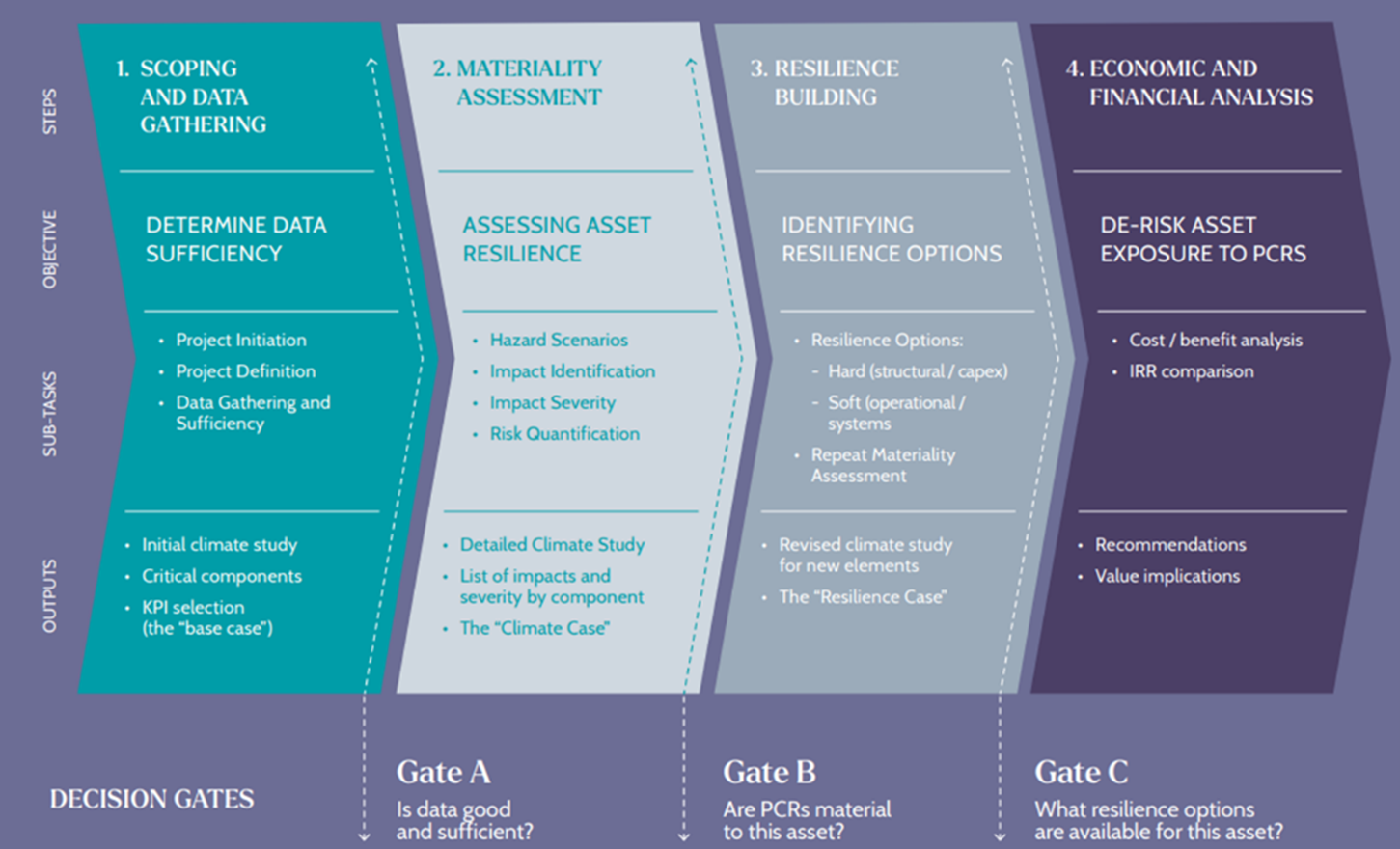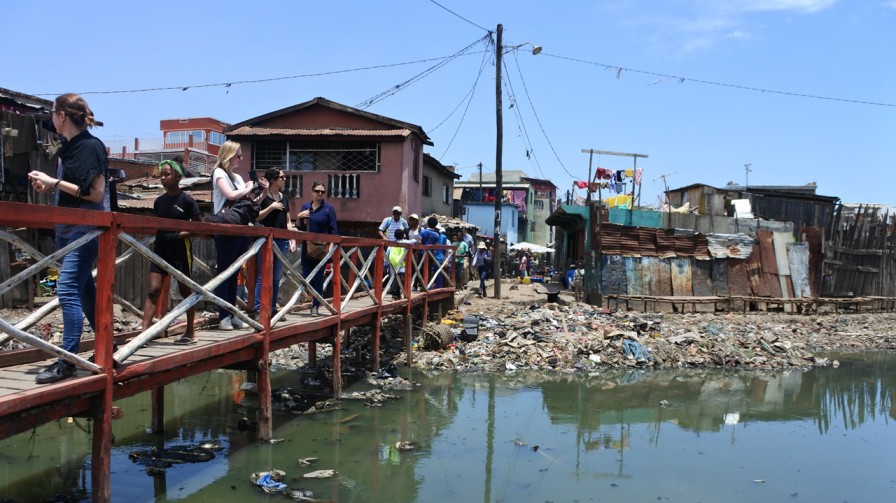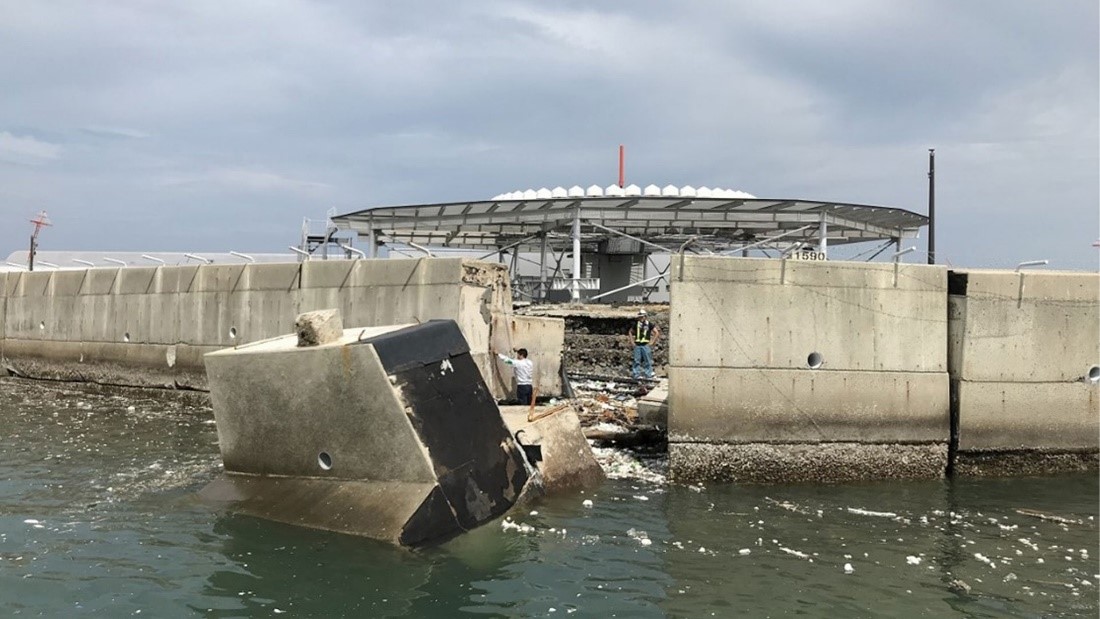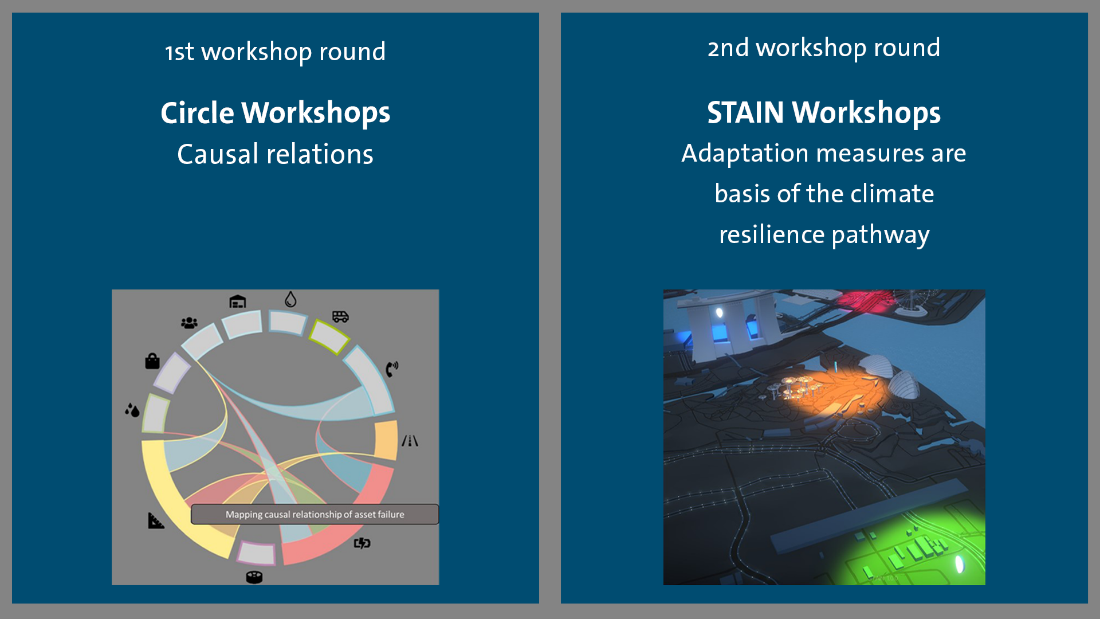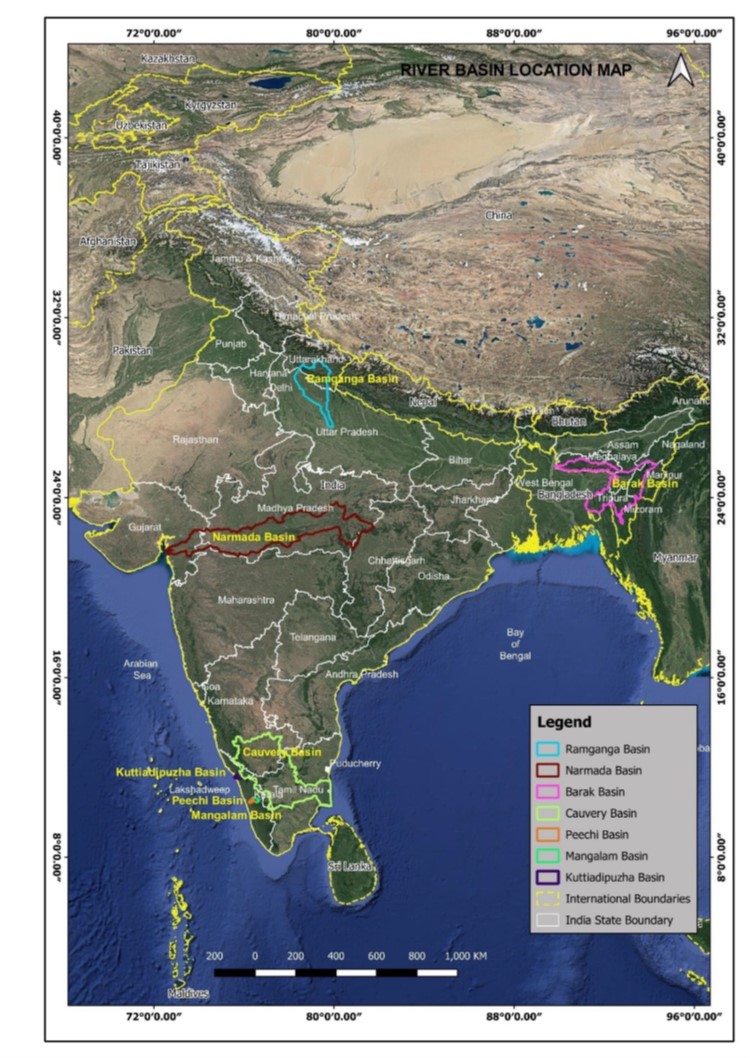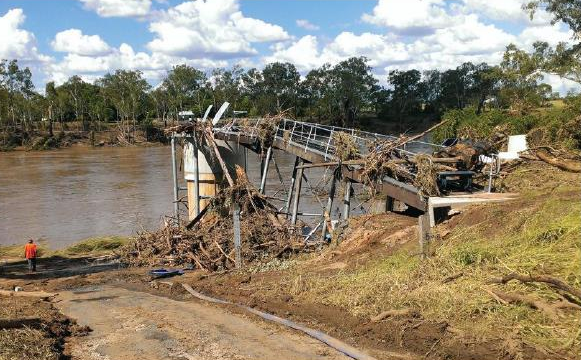 |
 |
 |
National Resilience Programme, Bangladesh - Local Government Engineering Department Sub-project (NRP-LGED)
Introduction
With its geographic location and proximity to the junction of tectonic plates, Bangladesh is highly vulnerable to several natural hazards including earthquakes, cyclones, and floods (riverine, coastal, urban), and ranks among the most vulnerable to climate change (ND-GAIN Country Index 2023). Given the country’s exposure to natural hazards, Bangladesh has experienced several disaster events, which have negatively affected its infrastructure.
About the Initiative
National Resilience Program - Local Government Engineering Department (NRP-LGED) is one of the four sub-projects of the programme, managed by UNOPS. It focused on improving the capacity of the Local Government Engineering Department of the Ministry of Local Government, Rural Development and Cooperatives to achieve resilience outcomes through designing and constructing risk-informed and gender-responsive infrastructure. At the core of NRP-LGED was the establishment of an overarching Asset Management System to achieve critical infrastructure resilience, with a particular focus on rural road infrastructure.
The implemented Asset Management system is aligned with ISO 55000 standard and international best practice. With the technical support of UNOPS, the project produced a set of key documents to support the institutionalization of LGED’s new asset management approach, including an Asset Management Policy, Strategic Asset Management Plan, two Asset Management Plans (roads and bridges), and an Asset Information Strategy. These documents, developed through a co-creation process, specified the higher-level organizational objectives along with the detailed activities, resources, responsibilities, timescales, and risks.
The project also helped to develop new road design standards from a resilience perspective, and developed Failure Analysis for infrastructure and Gender Marker toolkit for infrastructure projects to ensure a risk-informed and gender responsive infrastructure system. The Failure Analysis toolkit will allow a Build Back Better approach in the recovery, rehabilitation, and reconstruction works of LGED. The Gender Marker, jointly developed by UN Women and UNOPS, is crucial in assessing gender inclusiveness through the entire lifecycle of LGED infrastructure. A computerized Road Deterioration Model was also developed to ensure the engineering and economic viability of investments in road projects and predict pavement conditions over time. This supported the development of a multi-year investment, as well as operation and maintenance plans.
One of the successes of the project was the strong focus on a comprehensive capacity-building program for LGED engineers and other public institutions on asset management, thus ensuring appropriate operationalization and longer-term sustainability. The training component relied on a Professional Development Strategy, and a Capacity Development Plan followed by training, workshops, and the development of a pool of national trainers on infrastructure asset management.
Learning & Impact
The overall National Resilience Programme contributed to developing institutional mechanisms, systems, and methodologies to enhance resilience, and gender-inclusive planning. The NRP-LGED project, managed by UNOPS, particularly contributed to promoting the construction of better and more resilient critical infrastructure in Bangladesh. As part of its key achievements, the project established an Asset Management System in LGED and incorporated resilience elements in the LGED Road Design Standard, which helped improve the design of new assets, as well as develop tools for building-back-better in asset reconstruction to ensure that infrastructure systems are resilient and gender responsive. As per external evaluation, the implemented Asset Management System follows international best practices, resulting in infrastructure that has a longer service life, meets user demands, and is resilient when subjected to the stress of natural hazards.
Through the institutionalization of supporting policies, tools, and strategies, the project strengthened the Local Government Engineering Department’s leadership, policy, and compliance capacity around risk-informed and gender responsive infrastructure. LGED has formed three standing committees on asset management, resilient infrastructure, and capacity building. The committees are permanent structures that will work beyond the project period to ensure that the required changes within LGED are sustained and aligned with organizational objectives. Furthermore, LGED has proposed a revised organizational structure incorporating a new Asset Management Wing, rooting asset management strongly into the organization.
The training component was another crucial element in advancing longer-term sustainability and the dissemination of knowledge, best practices, and lessons across institutions. As per external evaluation, at the organizational level, the project advanced a paradigm-shift towards an outcome-based approach encompassing professional development for LGED staff and streamlining of interagency development plans. A trainer pool with 19 asset professionals including 4 female engineers was developed, certified from the Institute of Asset Management United Kingdom; hands-on training on the gender marker toolkit was provided to 26 LGED officials; and the project developed a curriculum on Asset Management. The training course on asset management is now being delivered through Engineering Staff College, Bangladesh (ESCB) to other public institutions.
Planning of the overall programme was implemented jointly between UNDP, UN Women and UNOPS and government partners and the activities supported the national priorities as outlined in the country’s latest resilience and development policies. The programme caters to the requirements of the Sendai Framework and its activities are relevant to meeting the targets of the Sendai Framework and aligned to the principles of the Paris Declaration on Aid Effectiveness. The quality of the project was ensured by regular monitoring and data collection. At the same time, the joint initiative reduced transaction costs for the government and the UN being able to leverage the strength and comparative advantage of different UN agencies. The three agencies were able to bring their expertise and most importantly, coordinate and align the respective ministries and agencies to implement a programme with multi-ministerial ownership for gender-responsive disaster risk management and resilience building.
Co-Benefits of the Initiative:
The asset management system contributes to maximizing the service provided by rural road infrastructure, with multiple co-benefits such as supporting economic activity and socio-economic development through, for e.g., enabling access to markets, education, and health facilities. In addition to these co-benefits, the project contributed to the inclusion agenda through incorporating gender responsive design in infrastructure systems, thus ensuring that the service provided was optimized from a gender standpoint.
Beyond the scope of the project, the institutionalization of the asset management training course has benefited other public institutions beyond LGED in Bangladesh. The basic course on asset management is being delivered by a national training institute and is supported by other funding sources beyond the NRP. In terms of reach, the training course has been offered to 15+ other public institutions involved in public works, as well as Municipalities. Over the programme period, the NRP sub-projects also collaborated with each other to share their expertise and skills in the implementation of several activities. Importantly, all four sub-projects worked together on Standing Order on Disaster (SOD) 2019, the National Plan for Disaster Management (2021-25), and National Recovery Strategy. Collaborating with relevant government ministries under the existing systems/mechanisms through regular involvement of officials in consultations and building their capacities reinforced ownership and enhanced efficiency and effectiveness of NRP.
Implementation Challenges and Mitigation Strategies:
The NRP-LGED aimed to tackle a large challenge of organizational transformation - to institutionalize ‘Asset Management’ in LGED. Building an overall understanding of the Asset Management System at LGED required a complete overhaul of their preconceived notions about it being a software or database limited to maintenance management. Furthermore, the fact that the asset management system would not produce anything physically tangible brought about a shift in LGED’s idea of asset management. To mitigate preconceived notions at LGED and to support the organizational transformation, UNOPS actively engaged the top management at LGED, who played a key role in quickly realizing the importance of AMS within their institution.
Another large challenge for the subproject was to ensure that the outcomes of NRP are sustained, nurtured, and developed further. To ensure the sustainability of the programme outcomes, the NRP-LGED took a few strategic measures. First is the co-creation approach in developing all the frameworks and toolkits - the existing LGED management from different levels have actively contributed towards crafting the policies based on their needs and experience. Creating an environment of co-creation, where the interventions were developed through understanding the pain-points, organizational context and by empowering the individuals supported a far-reaching transformational agenda. Secondly, the subproject put continuous effort into developing professionals within LGED, who would possess the necessary expertise to maintain and develop the Asset Management Systems beyond the programme.
Scalability:
This project was implemented in Bangladesh, a country exposed to multiple hazards such as, cyclones and floods. In countries of similar contexts, infrastructure asset management systems can provide valuable ways to increase the resilience of critical infrastructure systems. The key elements of success to be replicated include:
- Implementation of an asset management system in engineering departments of countries at similar developmental phase. The implementation may begin with the establishment of a Strategic Asset Management Plan (SAMP) and then followed by implementation of Asset Management Policies at different levels.
- Replicating the Failure Analysis Toolkit model for infrastructure maintenance and rehabilitation. By doing so, the root causes for repeated failure of infrastructure can be identified which will capacitate the engineering departments in reducing the causes of failure- be it design, implementation or maintenance.
- Establishment of context-specific supporting documentation on asset management, including policies, plans and strategies.
- Gender-inclusive infrastructure design.
- Fostering strong institutional ownership with local stakeholders.
Even beyond country contexts exposed to natural hazards, infrastructure asset management can help maximize the service provisioning of infrastructure systems.
